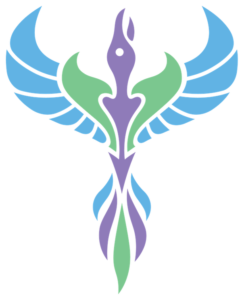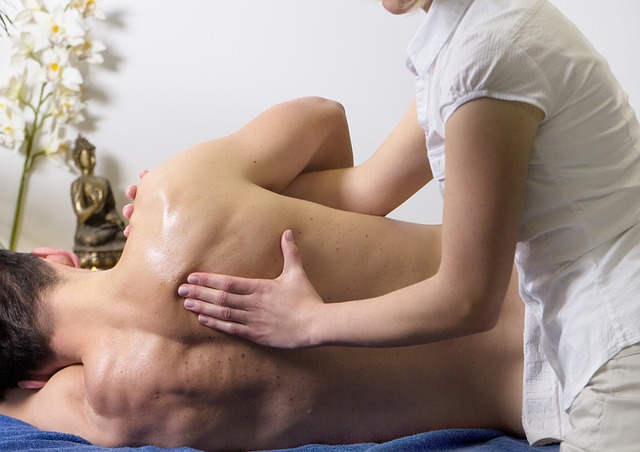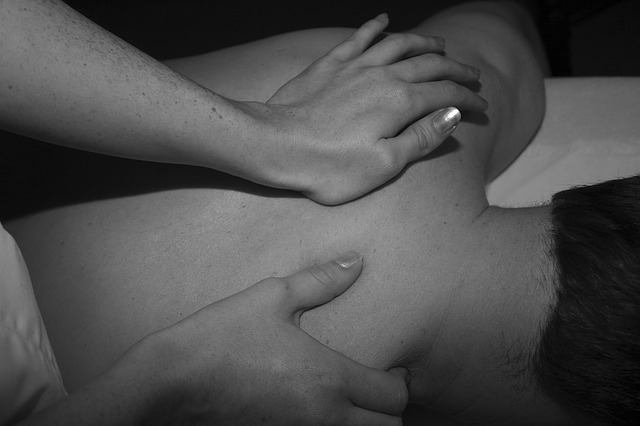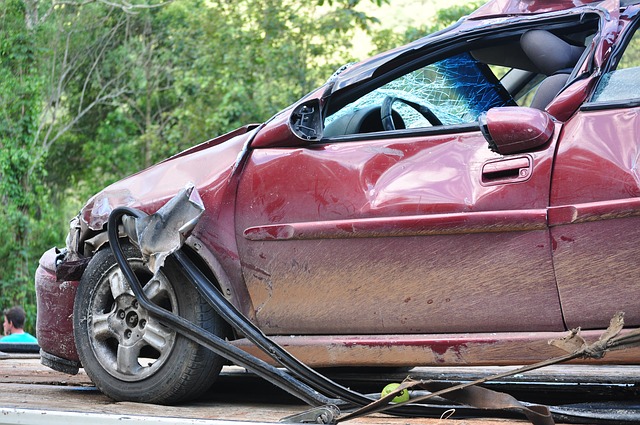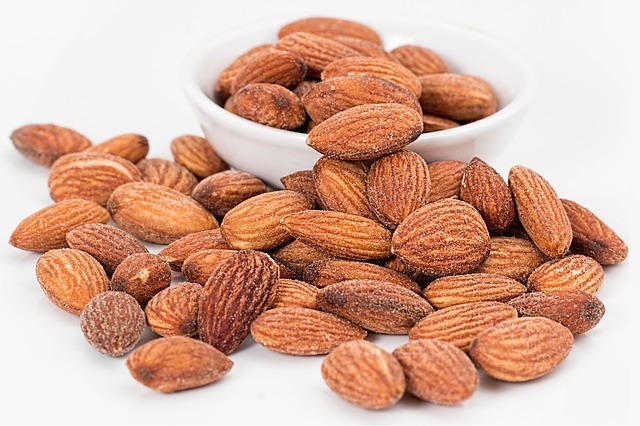Blog
This Holiday Season, Practice Exercise Snacking
You will be snacking a lot this holiday season
From the myriad sweet treats to decadent family dinners, the options are endless when it comes to indulgence during the holiday season. For those looking to manage their weight, or keep back pain at bay, this can be a treacherous time. It behooves any back pain sufferer to be proactive about the health of their spine during the holiday season. To this end, we want to talk about a different kind of snacking: exercise snacking.
Exercise snacking is sneaky holiday fitness
We know that every little bit of exercise counts. When it comes to the health of your spine, even a 10-minute walk can make a significant difference in the severity of back pain you experience. That’s because movement is the essence of life- going from zero to any form of exercise helps to relieve muscle tension and get your circulation flowing. This can be an essential lifeline during the holiday season.
Exercise snacking is a concept developed by fitness trainers catering to busy people. Almost all of us are busier during the holiday season than during the rest of the year. Exercise snacking focuses on reaping the benefits of a full exercise program in smaller increments. The idea is to think small: what can you fit in in a 5, 10, 15, or 30-minute workout? Ideas range from simply walking, to purposeful stretching, bodyweight exercises, and high-intensity interval training. Whatever you choose, it’s going to be better than nothing!
Maintaining your health through the holidays
Don’t let the challenges of the holiday season turn you off from exercise. People who prioritize their health will persevere; exercise snacking is an excellent way to do just that. If you need more ideas on maintaining your health through the holidays, give our office a call to schedule an appointment today.
Nurses and Back Pain: What to Know
Nursing is the profession most affected by back pain
Yes, more than office workers who sit with poor posture all day; more than construction workers who manage heavy equipment; more than any other profession, nurses are the ones stuck with back pain. Reports and statistics consistently show that, among the different varieties of nurses, they collectively miss the most days of work due to back-pain related complaints. As an office of chiropractic, this concerns us and we want to know why nurses are so at risk.
How can nurses prevent back pain?
The main problem is with lifting; while most people wouldn’t think it, lifting is one of the main tasks a nurse is called upon to do. Between assisting patients in bed, moving them between table and gurney, and preventing falls, nurses are constantly called on to lift disproportionate amounts of weight at awkward angles. The frequent result is strain to the soft, supportive tissues in the back. And over time, all this damage compounds to cause more serious long-term injury. Here are steps nurses can take to prevent back pain:
- Lift the way your parents taught you: with your legs, not your back when possible.
- Wear supportive shoes: you are on your feet all day; shoes minimize the amount of impact your intervertebral discs will have to absorb.
- Consider switching specializations: if possible, there are certain specializations that demand less in terms of lifting.
- Find the healthcare provider that utilizes the latest technology, including ceiling lifts that take the necessity for lifting out of your hands.
Nurses can benefit from chiropractic care
It is a shame that health workers are the most at risk for back-pain-related conditions. We want to help nurses keep their backs in good health despite the demands of their job. If you or a nurse you know is suffering from back pain related to their job, give our office a call to schedule an appointment today.
Smoothing out the Muscle Tension Feels Great
Understanding muscle tension
Muscle tension means: a condition in which your muscles are semi-contracted for an extended period of time. It is most often caused by mental stress, which constricts blood vessels, reducing circulation and therefore oxygenation to the muscles. When circulation is hampered, oxygen has a hard time and waste products have a hard time getting out, leaving you with muscles that feel tighter and opening the door to muscle spasm and pain. What parts of your lifestyle are contributing to muscle tension?
Factors that contribute to muscle tension
- Exercise: boosts oxygen supply to the muscles and stretching helps to prevent muscles from becoming overly tight or shortened.
- Sleep: As you sleep, the body supplies muscles with more oxygen to help breakdown lactic acid; if this doesn’t happen, excess lactic acid contributes to the formation of trigger points.
- Diet: Certain ingredients affect muscle tension. Among the best things you can do are: reduce caffeine intake, and make sure you are getting enough vitamin B12 and calcium.
- Keeping stress down: mental stress translates directly to muscle tension. Pain in the muscles can then cause mental stress and the cycle will perpetuate itself.
Dispelling muscle tension
Chiropractic adjustment helps to alleviate painful pressure on nerves and boosts circulation. We release muscle knots with trigger point therapy and treat myofascial pain with instrument-assisted release. All of these modalities are intended to open up areas of tension to an influx of blood which carries fresh oxygen and nutrients that help dispel tension and allow you to move freely. If you are interested in living a life with less muscle tension, call us to schedule an appointment today.
Shoulder Pain
Shoulder Pain Is A Common Complaint
Encompassing four joints and a host of supportive muscles, tissues, and ligaments, the shoulder joint is among the most complex in the human body. Arguably the most used joint in the human body, 1 in 2 people will experience pain in the shoulder at some point in their life, and most shoulder pain will resolve itself within a matter of days. If not, it could be time to seek treatment.
When should you seek treatment for shoulder pain?
- If the shoulder pain does not resolve itself in less than a week.
- If the same pain recurs in the same location
- Loss of range of motion
- Loss of strength
- Swelling or bruising around the joint
As is the case with any condition involving the human body, the sooner you get a proper diagnosis, the sooner you can get appropriate treatment, and the sooner the issue will resolve itself.
Shoulder Pain and Chiropractic
If you are unsure about the cause of your pain, give our office a call to schedule an appointment. We direct treatment to the specific cause of your injury to ensure that we are not just treating symptoms. In this way, we give you the best chance of beating pain, restoring range of motion, and preventing pain from recurring. We offer chiropractic treatment to address nerve communication to the shoulders, provide information and instruction on appropriate stretching and exercise, and other therapies to help improve conditions including:
- Shoulder dislocation
- Bursitis
- Rotator Cuff injuries
- Frozen Shoulder
- Shoulder instability
- Referred pain
- Arthritis
- Labral tears
- Ligament injury
- and other conditions
Give our office a call to schedule an appointment today!
Dynamically Treating Back Pain with Flexion-Distraction
Tailoring a treatment to your specific back pain
Your back pain is completely unique and your treatment should be too! This should not be such a radical statement to read but it is at odds with the idea of allopathic treatment, where the same drugs and the same surgery is used to treat every case. The truth is, every diagnosis is different, so we take a different approach that detects the underlying cause of your condition and follow it up with a multi-dimensional plan for treatment that seeks to improve your body’s ability to heal itself without the necessity for surgery or pharmaceutical aid.
Flexion distraction is one of the tools we can use to treat back pain
It is a technique that uses a specialized table to elongate the spine while we simultaneously perform a targeted pumping motion that flexes the spine. The goal of flexion-distraction is to:
- Increase space between the discs and reverse intradiscal pressure
- Facilitate the retracting of bulging disc material
- Put a stop to painful impingement on spinal nerves
When it comes to back pain, think conservative care first
Flexion-distraction is an important tool in our arsenal of all-natural, non-invasive techniques that seek to improve spinal function to help you live a better life. Flexion-distraction helps people suffering with herniated discs, degenerative disc disease, sciatica, spinal stenosis and many other conditions associated with the spine. If you are interested in using chiropractic to help you address your pain head on, give our office a call to schedule an appointment today.
Herniated Disc from Auto Accident
Because of their shock-absorbing role in the human body, one of the structures most vulnerable to injury during an automobile accident is the intervertebral disc. The net force generated by a car collision is often enough to create a bulge or tear in the annulus fibrosus, resulting in a herniated disc. The discs most likely to suffer injury are the bottom two discs in the spinal column. We have a wealth of experience rehabilitating herniated discs sustained from auto accidents. The most common symptoms that point us toward investigating a herniated disc are stiffness and pain in the local area and a reduced range of motion.
For all but the most severe of herniated discs, the body will usually heal itself if given the proper time and attention. This is where we come in: our plan for your injury will be implemented in phases: our first priority is to reduce your pain. Chiropractic adjustment restores mobility to the joints and alleviates direct pressure to the nerve, allowing you to move without the usual limiting pain. We utilize hands-on techniques that boost blood flow in the region and help heal muscles that may have become strained.
Our office will document all of your injuries and establish a treatment plan that gets you back to health as quickly as possible. Call our office in Houston (713) 520-9330 to schedule an appointment. The smallest comfort we have to offer is knowledge of what happened to your body during the accident.
Atherogenic Inhibition: A Chiropractic Approach to Healing
Atherogenic muscle inhibition is common after a joint injury
As you move through the rehabilitation process after a joint injury, it is common to notice dysfunction in the muscles which surround the joint capsule. While there is no actual damage to these muscles, they are often unable to contract fully. This is a purposeful reaction by the body, which aims to prevent further damage to the joint by limiting the degree of movement and muscular contraction that can occur surrounding the injury. However, it is problematic because it further limits the range of motion, which is a crucial factor in the successful rehabilitation of any joint injury.
Addressing atherogenic muscle inhibition
This is a neuromuscular condition in which the joint provides the brain with information by way of sensory nerves and the spinal cord. As the inputs from the joint are changed because of injury, the change in the activity of signaling between joint and brain causes inhibition in the muscles. Therefore, the main problem with atherogenic muscle inhibition is its subsequent effect on the range of movement. Because the muscles cannot activate fully, a common result is muscle wasting and inequality in strength between the two joints.
At our office, we focus on mitigating the symptoms of atherogenic muscle inhibition by improving joint mobility through targeted adjustments. We focus on improving neurological function between muscle and brain to allow for the proper activation and sustained contraction of muscles surrounding the joint, allowing strength to be retained and rehabilitation to go faster. If you are interested in finding out more about how we can contribute to the rehabilitation of your joint injury, give our office a call to schedule an appointment today.
A Protein-Rich Vegetarian Diet
The importance of protein
No matter who you are protein is important. To keep hair looking healthy and nails growing strong; to maintain, repair, and build muscle; to make important body chemicals; protein is an indispensable building block. For athletes, the importance is twofold: without protein, your muscle-building efforts will be seriously hampered. And with the foods highest in protein falling mostly into the carnivorous category, many vegetarians struggle to get enough protein in their diet. But no need to fear: with enough attention to your diet, you can get the protein you need depending on your level of activity.
How much protein should I be consuming?
For the average male or female during a sedentary day, you want to consume about .36 grams for each pound of body weight. This looks something like 56g for the average male and 46 for the average female. When you are working out, you need to scale this equation up: active people should aim for between .4 and .6 grams per pound.
How can vegetarians get their recommended daily amount of protein?
Here are some good meat-free ideas for getting more protein in your diet: all values are given for a 100g serving.
- Lentils: 9 grams
- Garbanzo beans: 19 grams
- 1 egg: 6 grams
- Quinoa: 13 grams
- Almonds: 21 grams
- Yogurt: 10 grams
- Peas: 9 grams
Protein from a chiropractor’s perspective
If you are putting in the work to build muscle through physical activity, you may as well not defeat yourself with your diet. Muscle building is important for just about every aspect of well-being; from supporting your spine to maintaining range of motion and preventing injury, protein is an integral part of a healthy lifestyle. Give our office a call to schedule an appointment today.
Are your Hips Contributing to Lower Back Pain?
Why does tightness in the hip flexors matter?
A less thought of factor when it comes to back health, the hip flexors can play a crucial role in the presence of back pain. When we sit for long periods of time, or pursue activities such as cycling or even jogging, the muscle complex in our hip flexors can tighten and create a pull on the front side (anterior) of the pelvis.
A microcosmic portrait of muscular imbalance with tight hip flexors and weak glutes
More commonly known as anterior pelvic tilt, this altered posture encourages your body to use the gluteus maximus less, creating a muscular imbalance that is a perfect recipe for back pain. Pain can often develop at a local level- that is, in the hip flexors themselves, because an overused muscle is prone to painful spasms, while weakness in the glutes will contribute to instability in the lower back.
What can I do about overly tight hip flexors?
We have a plan for releasing tight hip flexors, thereby making good posture easier to achieve and reversing the muscular imbalance that has occurred. We begin by releasing the muscle spasms which have accumulated in painful trigger points. We then focus on static hip flexor stretches to increase range of motion and focus on negating the anterior pelvic tilt to establish good posture as your norm. We are movement specialists and you can begin the process of releasing tight hip flexors by calling our office to schedule an appointment today!
The Challenges of Sleeping at College
Sleep is your ticket to success at college
By allowing your body to rebuild and repair, and preparing all your major internal systems for another day of activity and mental application, 8 hours of sleep is never more important than in college. But it is also the time when we see our young adults face sleep problems the first time. The struggle is to find balance and keep stress at a minimum so that you can get to sleep and stay asleep at night.
New college students face unique sleep challenges
Many new college students are going to be adjusting to an elevated schedule of demands on both body and mind when it comes to managing a schedule that balances social commitments and academic responsibilities. When it comes to sleeping, these demands can cause difficulty; the top challenges identified by college students when it comes to sleeping include:
- Getting used to a new environment- noise at night, an unfamiliar (and often uncomfortable) bed.
- Stress: managing work, school and play creates a feedback loop of psychological and physiological stress
- Health problems: exposure to new bugs, seasonal sickness, and even the side effects of medicine
…and we can add to the list: the body and brain’s chemical adjustment as they get used to increased substance intake.
Chiropractic can help you find a more restful night’s sleep at college
Utilizing both chiropractic and massage modalities, we can reduce levels of the stress hormone cortisol and enhance the feel-good capabilities of your brain. This helps to stimulate feelings of calm and relaxation that allow you to find both quality and quantity of sleep. If you are interested in sleeping better through your college experience, give our office a call to schedule an appointment today.
